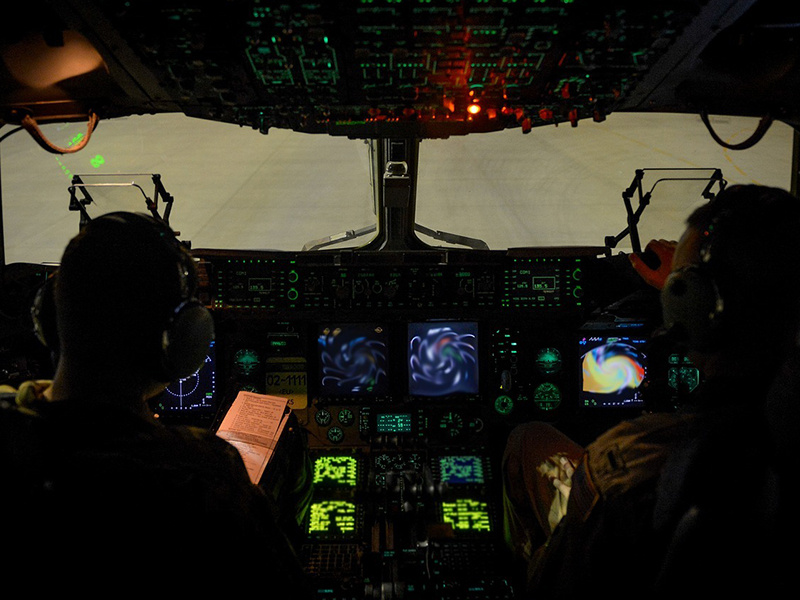


Avionics are all the electrical systems applied to aviation, which includes safety, communication, navigation, and flight management. These systems are what enable flight crews to bring their passengers and cargo to their destinations efficiently and safely. Why, then, would it be the right time to pursue it?
With the way the world is rapidly evolving, especially in technology and manufacturing, it’s only natural that the aviation industry is, too. With this development comes an expansion, which means that more people are travelling, and that there’s a larger need for people within the industry, especially those in avionics.
An economical perspective
Because of globalisation, which is the “development towards increasingly interconnected global circuits of production, distribution and consumption”, there’s been an obvious increase in interactions between countries. So what does this mean for the aviation industry? A larger demand for it, which means a larger demand in avionics.
Not only are there more people moving from one place to another but there is also a rise in the number of aircraft deliveries, military aircraft spending, and there is an overall growth in the market. According to Markets and Markets, the market is “projected to grow from USD 62.22 Billion in 2016 to USD 92.85 Billion by 2022”, which should prove just how important the industry has become and will continue to be.
Not to mention, in the next 20 years, it is reported that the aviation industry will have to add 25,000 new aircrafts, which would then require 480,000 new technicians and mechanics to maintain the new planes.
With new markets emerging and business relations growing, it’s pretty obvious just how essential air travel has become.
More than just civic systems
Avionics not only involves maintenance of commercial planes. There are other systems and services that avionics branches into, as well.
With military aircrafts, avionics is needed in order to improve aircraft performance. Moreover, using avionics in fighter aircrafts reduces the need for a second crew member such as a navigator, which then lessens costs. It is also used in maintaining the agility and mobility of armed forces.
It is also used in space systems, such as in fly-by-wire communication systems, sensors used within the spacecraft for gathering and processing data, and for autopilot redundancy systems. Plus, avionics can also be used in expeditionary services, which involve bringing airplanes and even their spare parts to specific destinations.
Avionics in the Philippines
As important as it is in other countries, it’s especially significant in the Philippines as the air transport sector is a major contributor to the country’s economy. Aside from it creating jobs, it also generates wealth. According to Oxford Economics, “the air transport industry is estimated to have supported a $1.8 billion gross value added contribution to GDP in the Philippines in 2014”. This also brings in foreign investors and tourism to the Philippines.
Aside from its economic importance to the country, avionics makes travelling easy, as there are now 53 locations for direct flights from the Philippines and 17 direct weekly flights to the top ten fastest growing cities.
It should also be noted that avionics technicians in the Philippines have a salary of P33,000 a month, which is just another reason to get into the field.
Avionics has made air travel a lot safer and a lot easier for people across the world, and the opportunities continue to grow, which is why it’s a great time to join the industry. Learn more and expand your knowledge on Avionics Technology at the Binalonan, Pangasinan campus of WCC Aeronautical College.
The information contained in this website is for general information purposes only.
While WCC Aviation Company endeavors to keep the information up to date and correct, we make no representations or warranties of any kind, express or implied, about the completeness, accuracy, reliability, suitability or availability with respect to information published in this website.
Click here to read the Privacy Statement in full